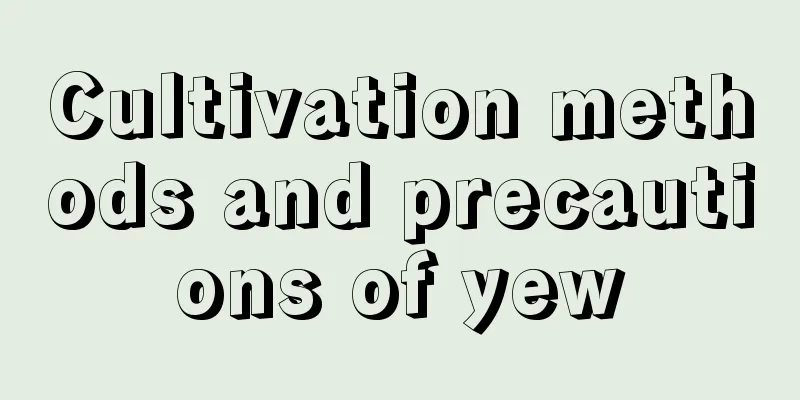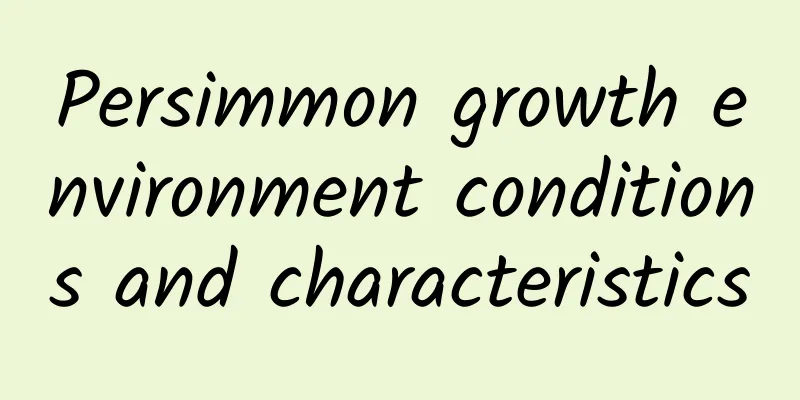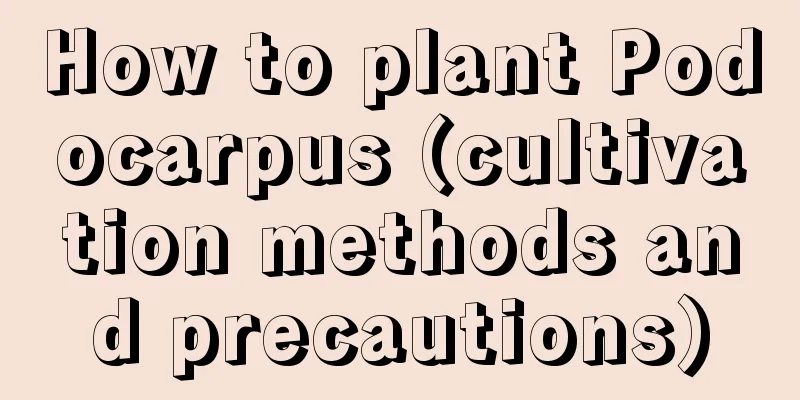Cultivation methods and precautions of yew

1. SoilThe pH value of the soil required by yew is between 5.5-7.0. Loose, moist, well-drained, fertile acidic sandy soil with high organic matter content is the best. You can mix garden soil, peat soil, and sandy soil together, and add a small amount of decomposed organic fertilizer. 2. LightingYew likes shade and needs proper shading to avoid direct sunlight to prevent water evaporation, which will cause the branches and leaves to become dehydrated and the leaves to dry out. It should be placed indoors in the summer and on the windowsill in the evening for ventilation. Although yew does not like sunlight, it cannot live without it. In climates where the sunlight is not strong, it can receive appropriate amounts of sunlight. 3. WateringThe yew tree needs more watering during the growing season and less watering during the dormant period. Specifically, water it once every 5-7 days in spring and autumn, once every 3-5 days in summer, and once every 7-10 days in winter. At the same time, it also depends on the actual growth conditions. Generally, normal yew leaves are upright and shiny. If you find that the leaves are wilted, you need to water them; if the leaves droop, it means that the water shortage is very serious and you need to water them; if you find that the sound is very hollow when knocking on the flowerpot, you also need to water them. 4. FertilizationWhen growing yew trees, it is necessary to fertilize them in time, using 0.2 catties of organic fertilizer and 0.02 catties of compound fertilizer for each plant. At the same time, you can also add some farmyard manure, cake fertilizer, etc. 5. TemperatureYew prefers a cool and humid climate environment and can withstand temperatures as low as minus 30°C. The most suitable growth temperature is 20-25°C. It does not require excessive warming measures in winter, and pays attention to shading when the temperature is too high in summer. 6. Disease and Pest PreventionUnder normal growing conditions, yew trees rarely have insect pests. If they become yellow or have insect pests, water or spray them with methyl mopshrine or potassium dihydrogen phosphate. During the rainy season, yew trees will suffer from root rot, stem rot and root rot, which should be prevented with dichlorvos. In hot and dry seasons, yew trees are prone to leaf blight and red blight, which should be controlled by spraying with Bordeaux mixture. |
<<: How to grow succulent plants Ruby
>>: The difference between Metasequoia and Yew
Recommend
Where is sorghum suitable for planting and in what kind of soil
Sorghum growing area Sorghum planting areas are d...
How to grow coriander, how many days does it take for the seeds to germinate
1. Seed selection and processing Its varieties ca...
Key points of planting time and method of plum beans
Planting time of plum beans The planting of beans...
The difference between Rieger Begonia and Glass Begonia
1. Their colors are different: 1. Rieger Begonia:...
How to grow the evergreen aglaonema? Will it bloom?
1. How to grow Dieffenbachia australis 1. Light: ...
What is the language of azalea and what is its meaning?
1. Flower Language 1. Forever belong to you: Acco...
Help the Clivia "bloom", just use a "plastic bag" and the flower arrows will pop up!
Clivia is actually a very common green plant. If ...
How to grow and water the money tree in winter?
The money tree is loved by people for its elegant...
Ginkgo fertilization time and method, what fertilizer to use for ginkgo trees in winter
1. Fertilization time Ginkgo is a plant that like...
What are the cultivation methods and precautions of hibiscus flowers?
1. Breeding methods 1. Light: It is a tropical pl...
How to grow osmanthus in summer?
As we all know, osmanthus is loved for its flower...
The efficacy and function of silver-edged spider plant
Overview of the efficacy of silver-edged spider p...
How to plant Chinese yam? Planting techniques and management methods
The growing environment requirements of Chinese y...
What to do if the stems of lucky bamboo are wrinkled
1. Increase the temperature Reason: Low temperatu...
Does the budding of orchids mean that they will soon bloom?
1. Whether it blooms The budding of orchids means...









